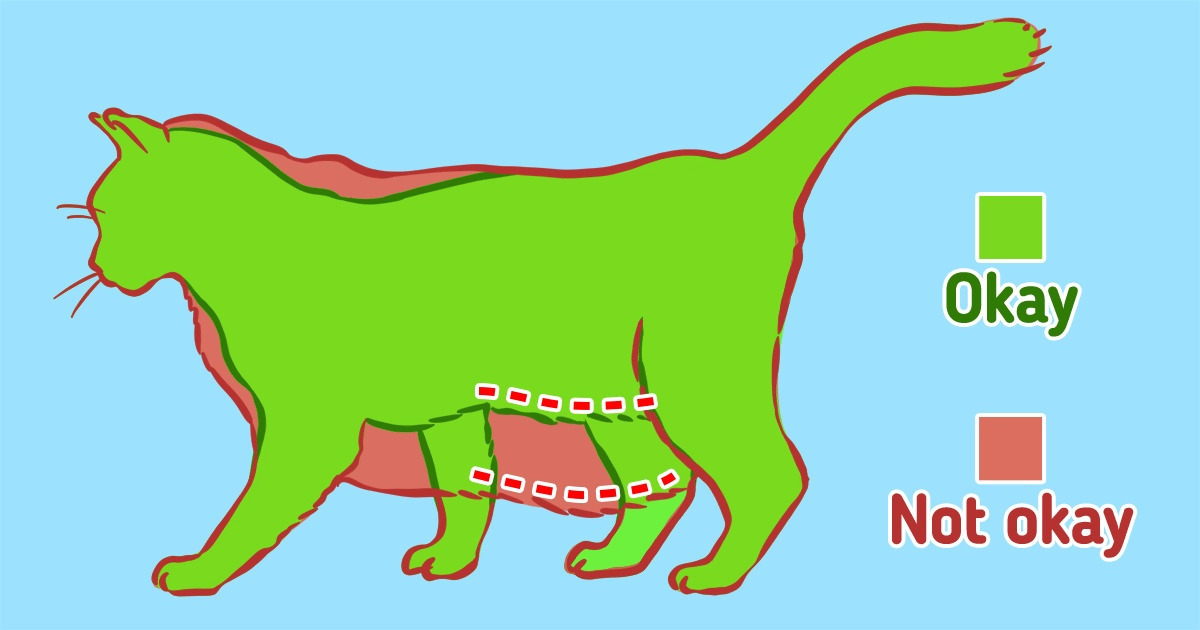
Why Cats Have Saggy Bellies
Cats have been living with us for many centuries, but they still remain a mystery to us. Many cat owners have probably wondered why their pets have saggy skin on their bellies. And believe it or not, it isn’t because of extra weight.
With help from 5-Minute Crafts, you’ll find out why cats have saggy bellies.
Many cat owners notice that their pet has a saggy belly. Some think that it’s because of extra weight and even start giving them less food, and others rush to see a vet. But very often, it’s not necessary.
The right name for saggy bellies in cats
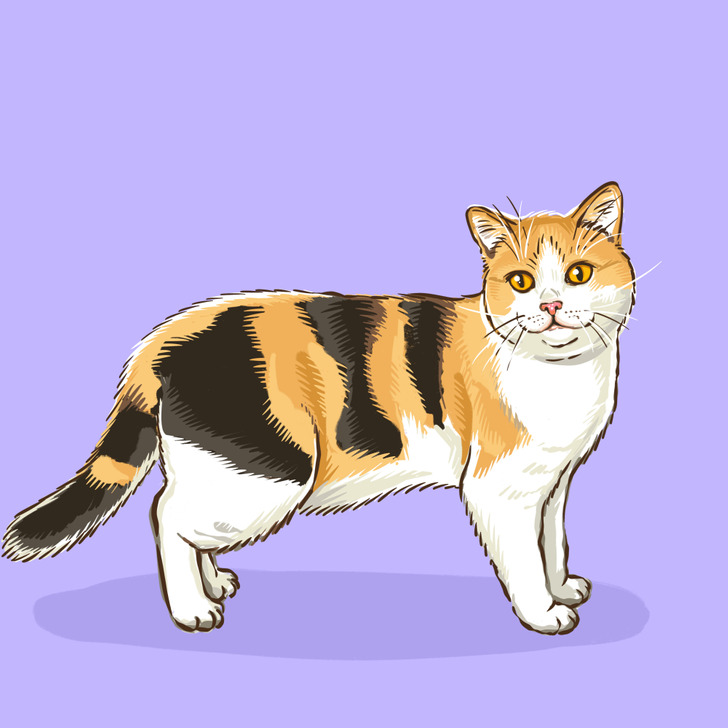
Many cats, despite their breed, sex, and weight, have saggy skin on their bellies. The official term is the primordial pouch. You can often see it sway from side to side when your cat is walking or running.
Which cats have saggy bellies
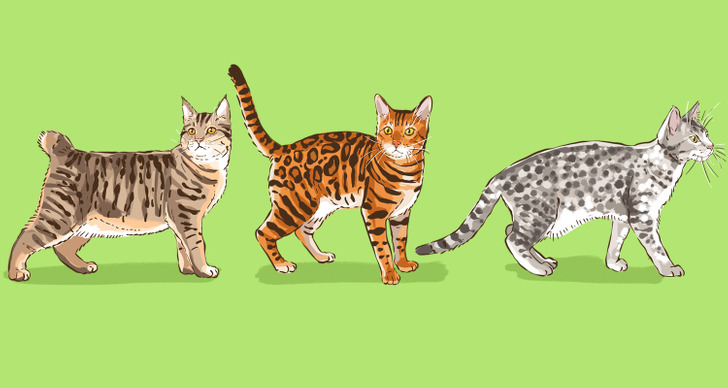
Many (but not all) cats have saggy bellies. In some, it’s hard to see, while in others, it’s obvious.
The primordial pouch appears in pets when they are around 6 months old. Both male and female cats have them. Purebred and regular cats have such bellies. The following breeds even have the primordial pouches in their descriptions.
- The Pixiebob is a breed many people think is a mix of a wild bobcat and a house cat. In fact, it’s just a house cat with a short tail.
- The Egyptian Mau is the oldest breed of a house cat. It is thought to have originated from the African wild cat.
- The Bengal is a wild-looking cat with the temperament of a house pet. It’s a mix of an Asian leopard and a house cat.
Why cats need saggy bellies
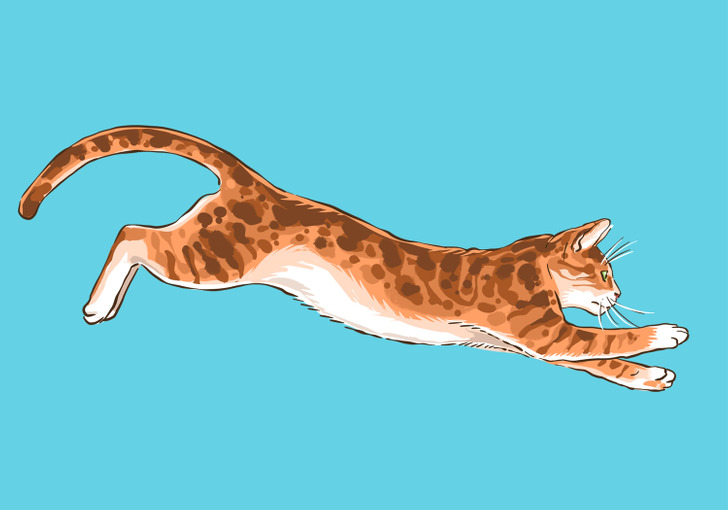
There’s no definite answer, but experts speak about several functions that the primordial pouch has.
- A saggy belly protects the animal’s internal organs during a fight. Fighting cats often hit each other with their hind paws into the bellies. Powerful hits and sharp claws can do a lot of damage, but the extra skin on the belly protects the animal from it.
- The primordial pouch helps cats stretch during jumps and run at fast speeds. Cats are very flexible and have a bit of saggy skin around their entire body. Thanks to that, they can stretch a lot.
- Saggy skin on the belly lets cats’ stomachs and intestines stretch when a cat has eaten too much. It’s especially important for wild cats.
- Cats’ bellies store fat, allowing them last longer without food.
How to tell obesity apart from the primordial pouch
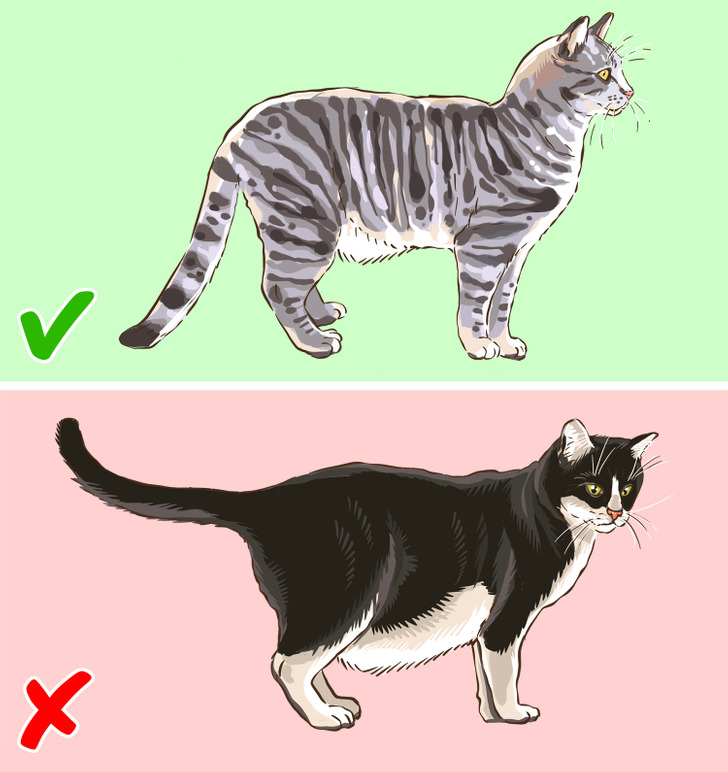
Obesity is a very popular problem among house cats. The owners should be very careful in order not to let their cats get overweight because it leads to a lot of serious health issues.
So what’s the difference between the primordial pouch and extra weight?
- The primordial pouch is saggy skin that sways from side to side when a cat is running. It’s at the bottom of the belly, and when you look at the cat from the top, you can’t see it.
- A fat cat has a round belly that doesn’t sway from side to side.
Obesity is an increase in the overall mass of the animal. And the primordial pouch is at the bottom of the belly exclusively.
Obesity in cats can lead to the following health conditions:
- Bladder/urinary tract disease
- Chronic kidney disease
- Diabetes
- Asthma
- Liver problems
- Arthritis
- High blood pressure
- Heart failure
- Gall bladder disorder
- Immobility of the spine
When touching the pet’s sides, you should feel the ribs. If you don’t, the cat probably has extra weight. In this case, you should consult a vet.
Neutering and the primordial pouch
Many cat owners connect the saggy belly with neutering. The thing is, the primordial pouch appears in cats when they are around 6 months old. At about the same age, cats are neutered. But, in fact, these things are not connected.
After neutering, cats might have fatty pads around the stitch. Also, metabolism has a tendency to slow down in such cats, which leads to weight gain. But the saggy skin on their belly has nothing to do with the neutering.